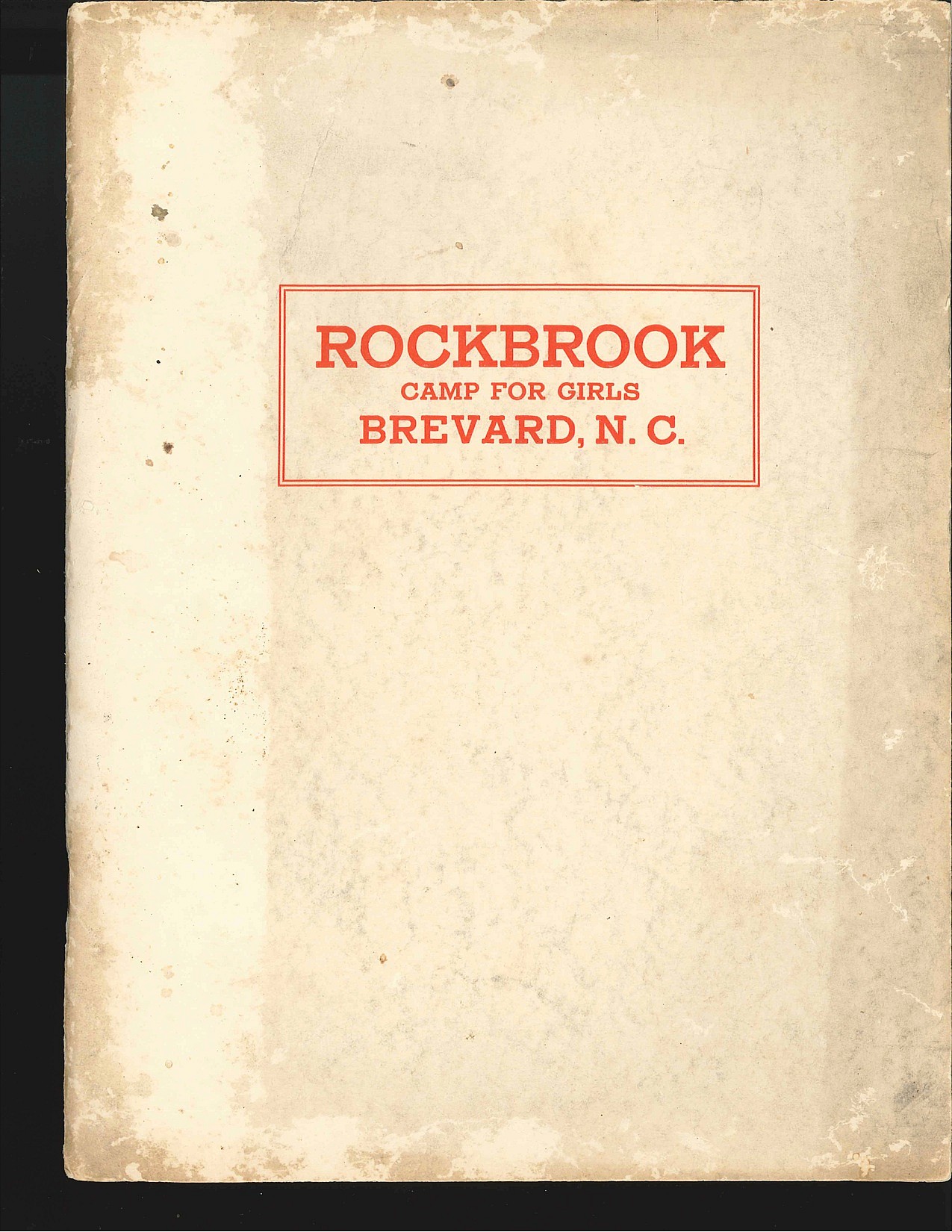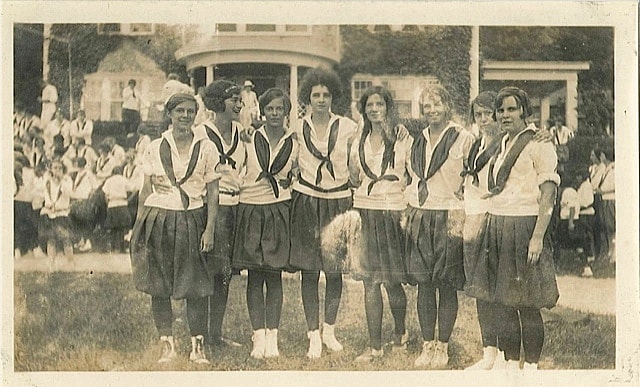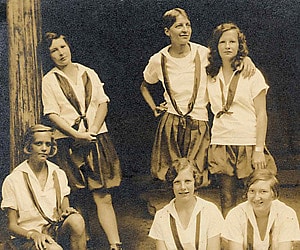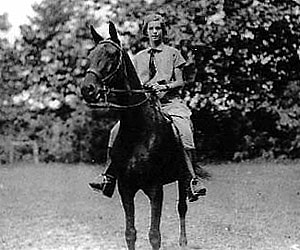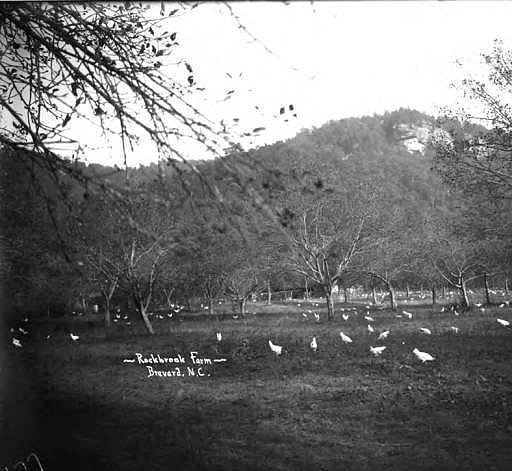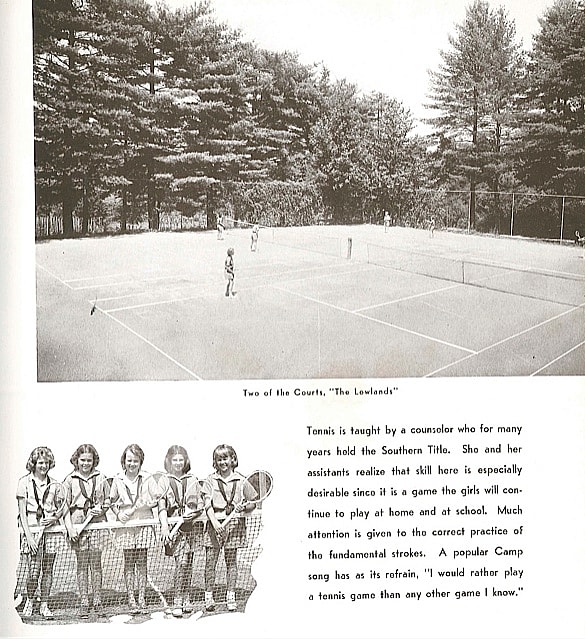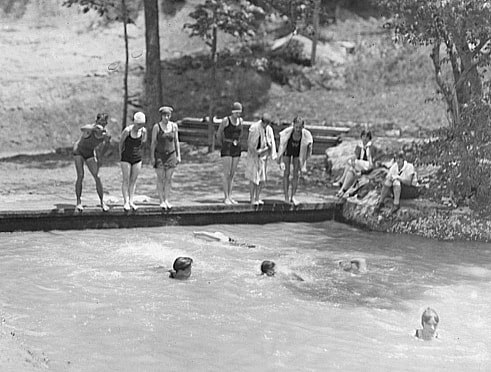We have just mailed the 2012 Rockbrook Carrier Pigeon to this years campers and staff. The Carrier Pigeon is the camp’s annual yearbook featuring stories, poems, drawings and photographs of the summer. The Carrier Pigeon has been published each year since the camp was founded in 1921, making it one of the best resources for the history of camp. This makes this years copy the 91st edition of the Rockbrook memory book. The Carrier Pigeons are wonderful treasures filled with Rockbrook memories and fun times. Here are some samples from over the years:
The Aim of the Pigeon
“Like ghosts passing to and fro, good times come and good times go.”
Good times do come and go as swiftly, but the Pigeon is going to help us keep our good times with us. The little funny incidences and all the pleasures that go toward making up this happy summer of ours are going to pass more slowly because of the Pigeon. Certainly, time will pass as quickly, but the memories will remain.
In the long winter to come, we will be able to laugh and talk over the good times at camp. Not only that, but we will be able to pass on our happiness and share it with others- the others that are not with us now. All because of the Pigeon that will bring back our memories at Christmas time.
We will never forget it it, this happy summer of ours, It is the aim of the Pigeon to do this, to serve as a record of happy memories. With your help it will succeed. – K. Wallingford, Junior Editor
To Me Rockbrook Means-
togetherness around a campfire
Jean and Sarah Scott playing their guitars
And everyone listening and enjoying the soft music
Making crafts and going home and sharing them with your family
Sitting on the hill in the evening watching the sun slowly
fade behind the proud tall mountains
Rockbrook I thank you for the Happy days you gave me. – Muffy Howard
We hope you have many happy memories of your time at RBC and if you have any copies of your old Carrier Pigeons we would love to hear from you. Please share with us any of your favorite camp poems, memories, stories and photos.


